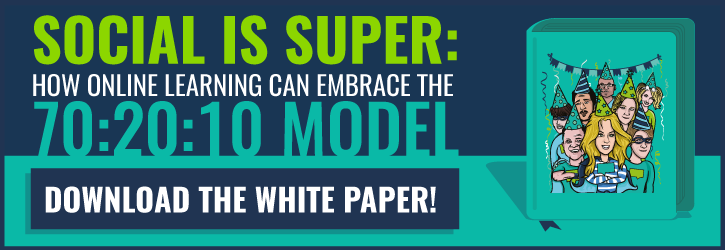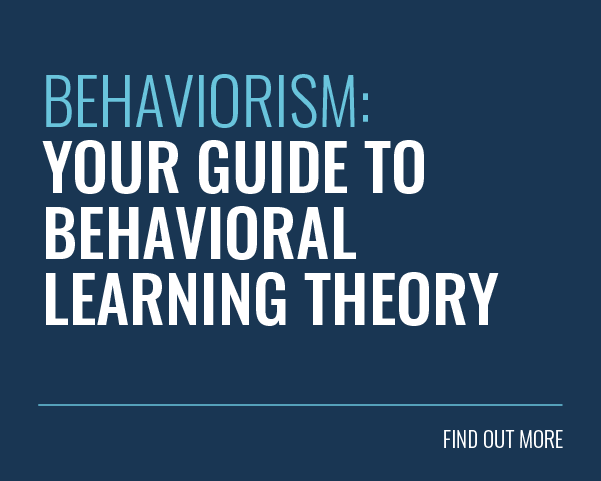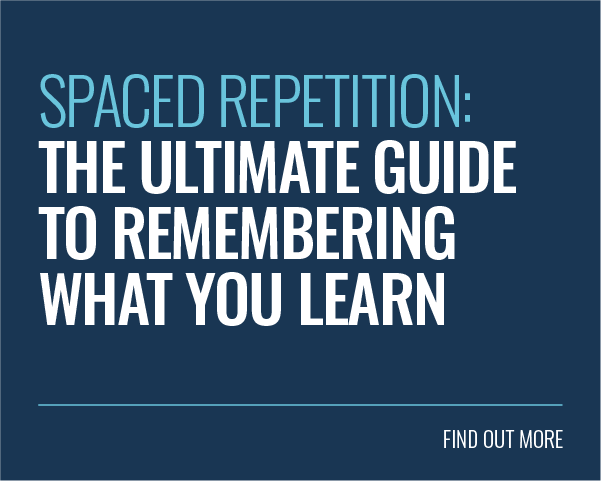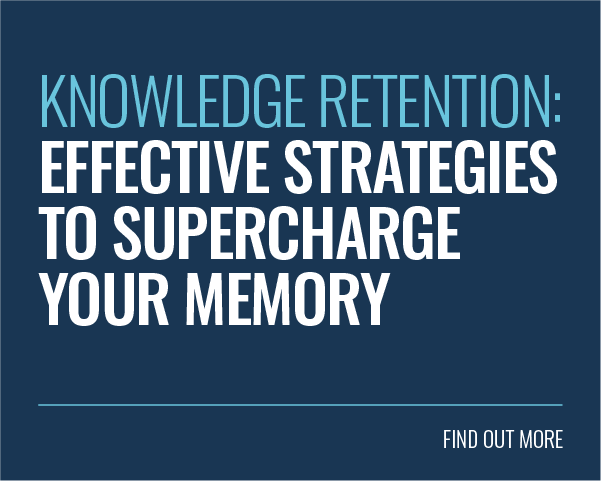John Kotter is Harvard Business School’s ‘Professor Change’. After forty years in the business world, he’d stockpiled enough experience to become a true thought leader in business management theory. The 8-Step Process for Leading Change (outlined in his book, Leading Change) is the long-standing bible of change management strategy.
Businesses are always changing. It’s up to those running the business to decide whether they resist change or lead it. These changes can be the result of a technological innovation, or in response to a crisis.
Left unguided, change can be risky, which is why you need a training strategy to support it. A good grasp of change management is one of the most important tools in any training professional’s utility belt! Armed with Kotter’s eight step change model, you can steer change and make sure it benefits your organisation.
Kotter’s Eight Step Change Model in L&D
In the L&D world, we’re all about change. Every classroom session we hold and every nugget of online learning we create is designed to change the way your learners behave. Kotter’s eight step change model is a simple way to think about introducing change and making it stick.
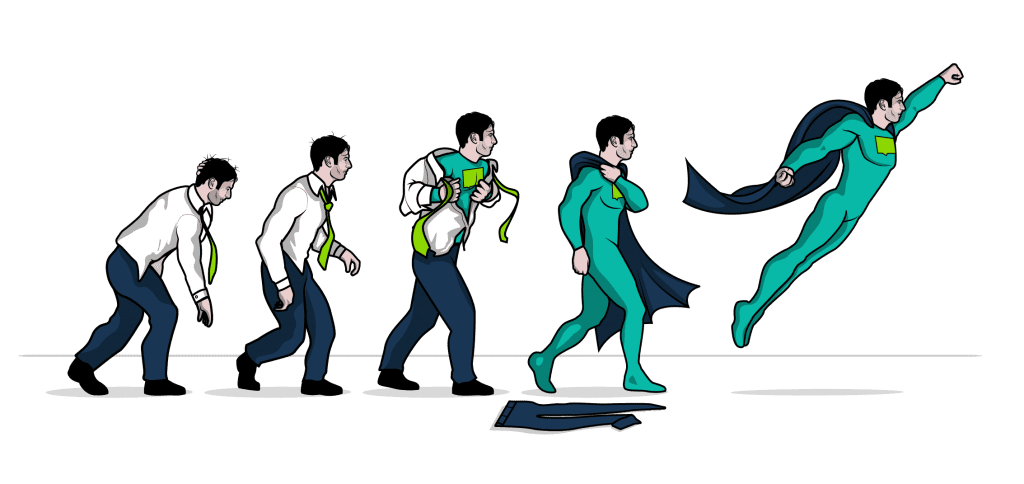
Stage 1: THIS IS URGENT
Your people need to understand that it’s urgent they change their behaviour. But, how do you get your message across when your people have so many different messages competing for their attention?
Make sure they know what behaviour they’ll need to change and why it’s so important. Blare the sirens, grab the megaphone and do everything you can to get your message across! Sending a bulk email isn’t enough. Instead, cover the walls in posters, hijack the office intranet and release tantalising teaser trailers. This is the make-or-break moment for your campaign, so spare no expense. If you get it right, the momentum will help you secure long-lasting behaviour change.
Stage 2: Form a Superhero Squad
Bringing about behaviour change on your own is hard. You need to put together a coalition of colleagues who can assist you in your quest for change. Be on the lookout for well-known figures to endorse your message, people to help you with day-to-day administration and managers to champion your cause.
Stage 3: Know your Vision
Leaders who have a clear mission inspire people to help turn that vision into a reality. Once you know your own vision, you can use it to motivate others to help you introduce behaviour change. To work out your vision, you need to know:
- The end goal
- How it will benefit the company and its employees.
With this information, you can shape your vision and form a clear message. This message is key and you should take every opportunity to reinforce it throughout the training campaign.
Stage 4: Share your Vision
Sometimes, training is simply sharing a vision and then explaining what steps can be taken to achieve it. Create content which communicates your vision as clearly as possible and answers any questions your learners might have at this stage:

- Why is a change in behaviour urgent?
- What will the behaviour change achieve?
- Why should they care about changing their behaviour?
- What practical steps will make behaviour change easier?
Your squad can use the social functionality on your LMS to champion your campaign for change. They can post on the newsfeed, share articles, and spread the word.
Stage 5: Remove Obstacles
Behaviour change can be held back by anything that makes it harder for learners to absorb content.
For example, learners may find themselves confused by the User Interface of your LMS. This adds an extra hurdle between the learner and behaviour change. Do everything you can to remove any unnecessary hurdles getting between your learners and behaviour change. A mobile solution is a great way to minimise hassle, learners can complete their training whenever and wherever they want to.
Stage 6: Short-Term Wins
One of the barriers to introducing behaviour change is that our brains are notoriously bad at retaining information. To make your training truly memorable, you need to keep it at the front of your people’s minds.
You can do this by showing how the training is changing the day-to-day lives of learners. Before the campaign, identify where the training is likely to have the biggest impact. Once the campaign is underway, seek out success stories and testimonials, then share them on your LMS.
Seeing how their team members are changing their behaviour will give the training more context and help your learners apply it in their own lives.
Step 7: Sustain the Change
Without engagement, you might get short-term results but they probably won’t last. If you want to create lasting behaviour change you’ll need to engage your learners. This is because engaged learners will keep coming back to reinforce their training.
To engage employees you need to show them how important they are to your organisation. And, they need to understand why behaviour change is so important. A NextGen LMS can help you in your quest to engage learners with their training.
 Step 8: Anchor Changes
Step 8: Anchor Changes
Once your campaign is complete, it’s time to anchor the new behaviour in company culture. You can do this by actively encouraging knowledge sharing. When learners share their knowledge, they help to reinforce your training. Whether it’s through starting conversations or sharing user-generated content, it’ll help you in your mission to make behaviour change permanent.
Learning technologies can be a key part of your strategy to create a knowledge sharing culture. With useful tools like video capture and learner-led forums, they empower your people to start sharing their knowledge. This means that you can be sure behaviour change will be long-lasting.
Final Word
Change is inevitable. Understanding how to manage it can be the difference between business success and business failure. Kotter’s eight step change model gives you a roadmap for bringing about corporate change. Company-wide behaviour change relies on everyone changing their behaviour, not just a select group of individuals. It’s a social process in which your people learn from each other.
Want to learn more about using the power of social learning to introduce behaviour change? Then click below to download our Social is Super whitepaper!

